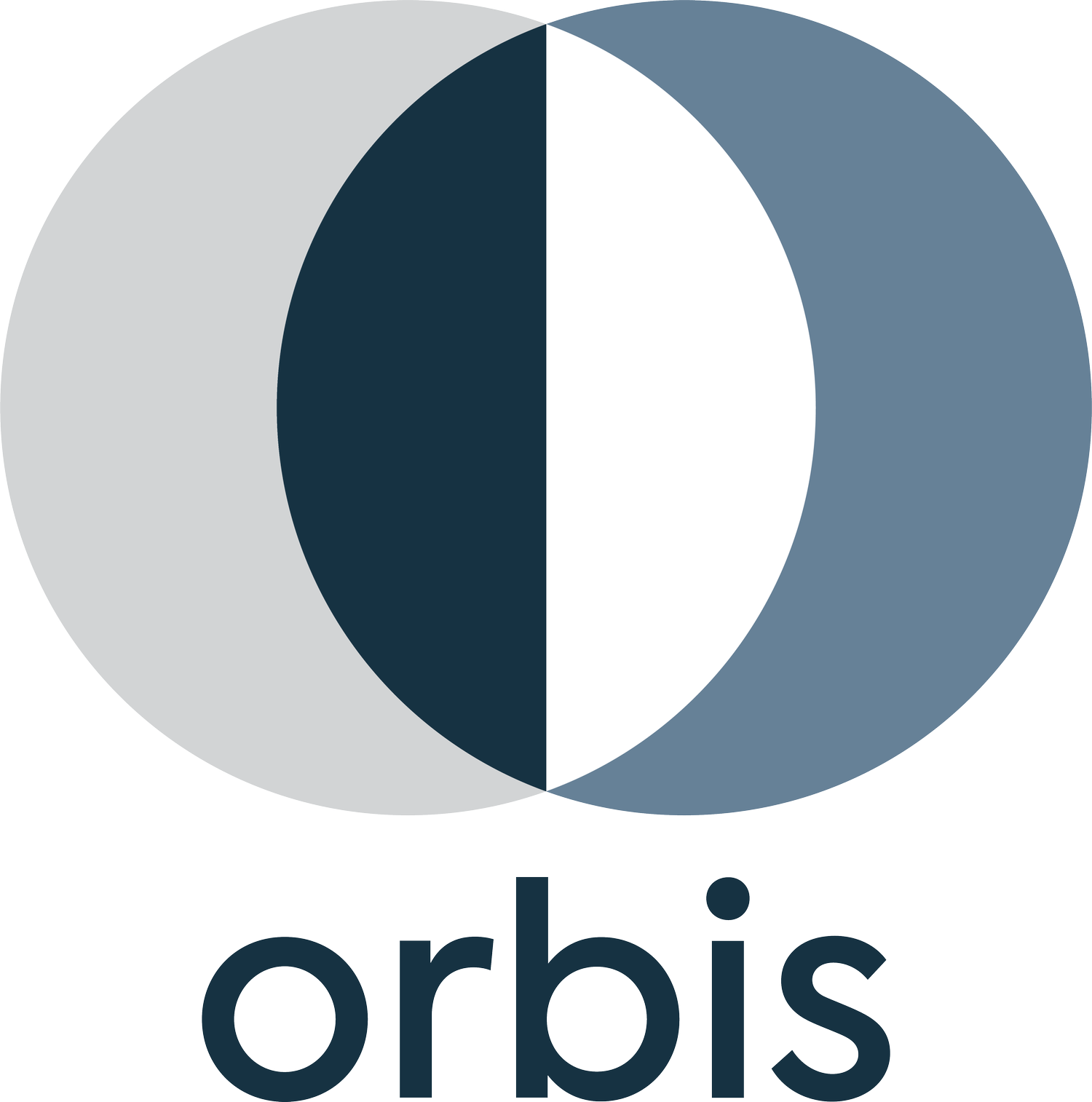GRESB Infrastructure 2021: Adapting to Resilience and Regulation
Executive Summary
The recently released GRESB Infrastructure (GRESBI) Reference Guide for 2021 highlights key changes made to the benchmark since 2020, these include:
Alignment with the Task Force on Climate-Related Financial Disclosures (TCFD). As part of this, GRESBI will generate TCFD reports that summarise organisations’ compliance with the recommended disclosures.
Optional reporting in line with the European Union’s Sustainable Finance Disclosure Regulation (SFDR).
What is GRESBI?
Integration of the Resilience Module into the GRESBI Assessment. Diagram source: GRESB
GRESBI, which ranks the Environmental, Social and Governance (ESG) performance of infrastructure funds and assets, is now in its 5th year. It was created, and has evolved, in response to institutional investors’ increasing calls for transparency around fund managers’ ESG management and investment processes. The GRESB Infrastructure Assessment addresses these demands through a consistent, globally applicable reporting and benchmarking framework. Despite the challenges posed by the Covid-19 crisis, in 2020, the Infrastructure Fund Assessment grew to 75 funds and now covers 32% of IPE Real Assets’ Top 100 Infrastructure Investment Managers.
What are the Benefits of GRESBI?
Signing up to GRESBI provides sustainability and investment-related benefits. The systematic assessment and scoring allows funds to identify areas of risk and opportunity through an ESG lens and subsequently reflect on areas where climate-resilience can be improved. As a result, new investors can be attracted by a more comprehensive approach to risk, opportunity, and impact analysis. This is a great way to improve investor engagement and demonstrate that investor concerns on sustainability are being addressed. Once GRESBI has evaluated a fund’s ESG performance, the assessment report can also be showcased to the market using a globally respected standard, and highlight ESG areas where a fund is particularly successful.
What changes have been made to GRESBI in 2021?
The 2021 GRESB Infrastructure Reference Guide document shows changes made to the 2020 guide for the coming year’s submission [1].
1. Resilience
The main difference is that GRESBI has integrated aspects of the resilience module, in alignment with the TCFD, into the main submission for fund and asset level assessments. The 2021 GRESBI assessment now covers all 11 of the TCFD recommended disclosures. For the first time, this year, GRESBI will also generate a tailored TCFD report that shows members how they are performing in managing climate-related issues [2]. Integrating the TCFD is an “important addition to the way the climate is assessed in ESG strategies beyond the carbon impact of a building or portfolio, leading to more resilient, low carbon portfolios and reducing the risk of stranded assets” [3].
The integration of the resilience module into the management component manifests as the addition of five new indicators to the Risk Management questions and changes to two indicators in the Leadership questions. Note that the five new risk-related questions are not scored this year. Details on the changes/additions, which appear in both the fund and asset level assessments, are as follows:
Risk Management:
RM2: Resilience of strategy to climate-related risks - New indicator: Does the entity’s strategy incorporate resilience to climate-related risks?
RM3.1: Transition risk identification - New indicator: Does the entity have a systematic process for identifying material transition risks?
RM3.2: Transition risk impact assessment - New indicator: Does the entity have a systematic process to assess the impact of material risks on the business and/or financials of the entity?
RM3.3: Physical risk identification - New indicator: Does the entity have a systematic process for identifying material physical risks?
RM3.4: Physical risk impact assessment - New indicator: Does the entity have a systematic process for the assessment of impact from material physical climate risks on the business and/or financials of the entity?
Leadership:
LE3: Individual responsible for ESG objectives: The indicator has been restructured. It is now split between ESG and climate-related issues so that entities can provide different contact details for each topic.
LE4: ESG senior decision maker: The indicator has been restructured. It is now split between ESG and climate-related issues so that entities can provide different contact details for each topic.
2. SFDR
GRESBI are looking to help members comply with the EU’s Sustainable Finance Disclosure Regulation (SFDR) which will be applied in stages from the 10th of March 2021. The new SFDR regulations make disclosure mandatory on sustainability risk, principle adverse impacts, and ESG approach mandatory, on an entity and product basis, from all firms that market funds into the EU. Firms that include ESG characteristics into their investment process will be required to incorporate further detail. Participants will now be able to collect and report data directly from GRESBI, in alignment with the upcoming SFDR regulations [4].
How we can help
Orbis Advisory work across a broad range of sectors to develop and support ESG strategies to meet investor demands, prepare for upcoming legislative changes, and create tangible benefits both now and in the future. Please see our website to explore our full range of services, or send an email to info@orbisadvisory.com for any inquiries.
References
2. GRESB Newsletter | Improve your ESG Reporting to the GRESB Assessments


